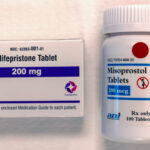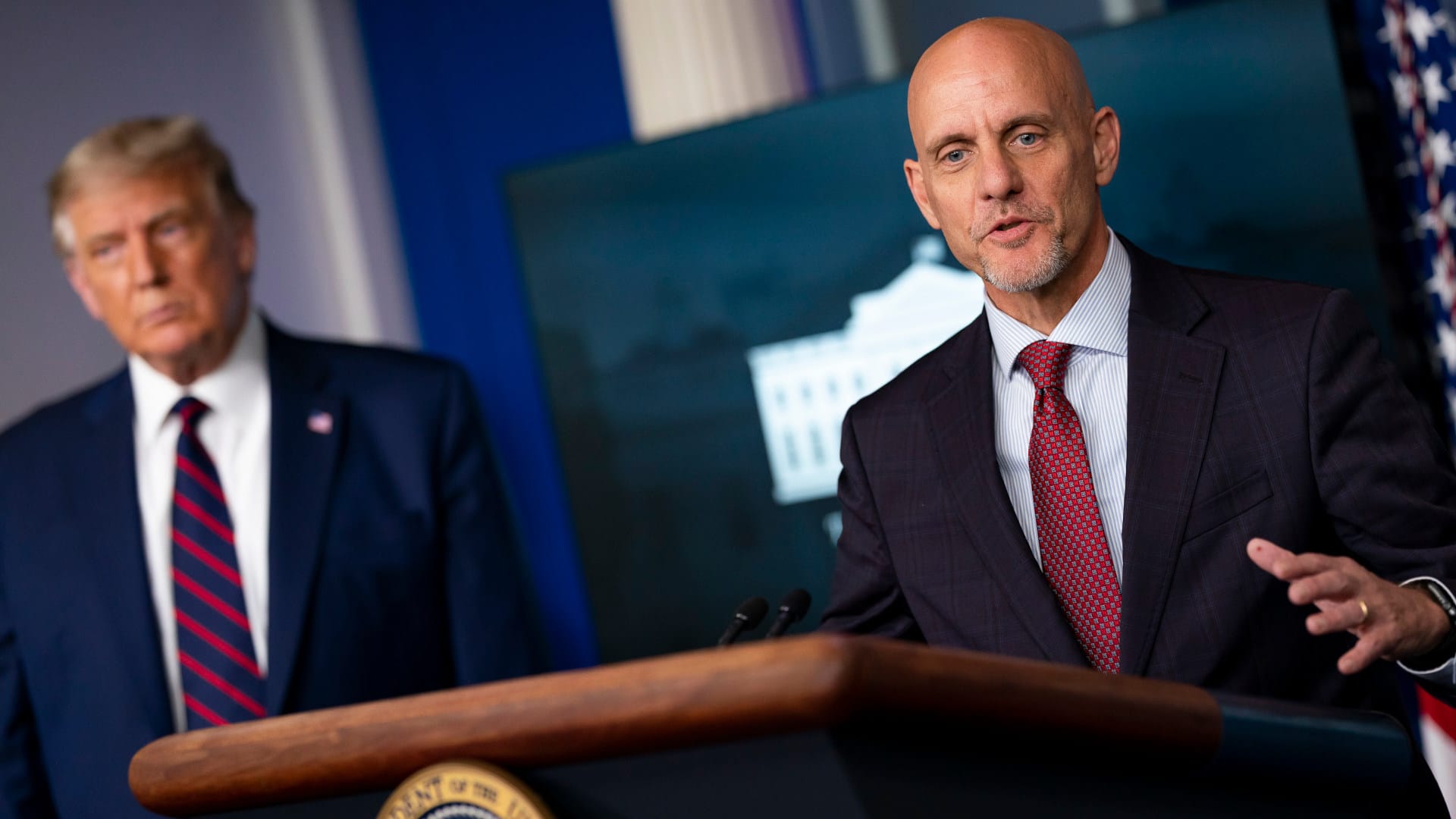Just under a decade ago, health care analysts at a pair of U.K.-based financial firms identified a trend they playfully referred to as “Eroom’s Law.” The name was an inversion of “Moore’s Law,” the observation that computers and transistors tend to become exponentially faster and cheaper over time. Unlike its better-known counterpart, Eroom’s Law observed that since at least the mid-20th century, the inflation-adjusted cost to bring a new drug to market in the U.S. has been doubling roughly every nine years. Some pharmaceutical companies now report that development costs for a new medicine routinely exceed a billion dollars. Undoubtedly, these rising costs have contributed to surging prescription drug prices, a problem that has escalated to crisis proportions in recent years.
Through our research at the intersection of drug development and policy, we’ve unearthed inefficiencies in the development, regulation, and distribution of prescription drugs — all of which likely contribute to Eroom’s Law. But over the past year, we’ve also seen what drug development can look like when it’s freed from those inefficiencies. As the public and private sectors have galvanized to deploy new treatments for Covid-19, they’ve not only shown us that Eroom’s Law can be broken; they’ve shown us how to break it.
The decades-long trend of rising drug prices described by Eroom’s Law is in part a result of regulatory inefficiencies. Like the federal tax code, the U.S. Food and Drug Administration’s review process for new medicines has grown increasingly onerous over time, with drug makers being asked to perform an ever-growing number of procedures and clinical measurements to win approval. Arguably, the agency has overreacted to high profile safety lapses such as that of the arthritis medication Vioxx, which was pulled from the market when research linked the drug to an increased risk of heart attack and stroke. In the wake of the Vioxx debacle, the FDA began requiring extensive cardiac monitoring during clinical trials, as well as extensive monitoring of drugs following approval. Such regulatory reactions are well-meaning, but reminiscent of the old adage that military planners are always fighting the last war, not the one to come. The mounting testing and paperwork burdens led one Eli Lilly executive to quip that were the required documentation for a drug approval application to be printed out and stacked, it would reach taller than the Empire State Building. In recognition of this over-reaction, the FDA has begun revising some of the regulations, as evidenced by updated guidance conveyed in March 2020.
Last year, however, as Covid-19 spawned a global crisis, the FDA embraced a more nimble and innovative regulatory posture — and a more open exchange of information with the companies and institutions working to discover, develop, and deploy new treatments for the disease. Early on, the agency pledged not only to expedite reviews of the final data packages submitted at the end of each three-phase clinical trial, but also to rapidly review preliminary data provided before and during a trial’s first phase. The improved communication and coordination set the tone for a collaborative approach between the public and private sectors, and it helped pave the way for a Covid-19 vaccine to be developed in a fraction of the time required to develop previous vaccines.
Moving forward, it should be possible to streamline this process even further. One important step will be to assess which of the vast data and testing requirements for drug approval are critical for ensuring safety and efficacy, and which are merely box-checking exercises. In recent decades, for example, the FDA — scarred by episodes like the Vioxx debacle and buoyed by scientists’ increased understanding of the body — has pressed drug makers to demonstrate increasingly rigorous understanding of the mechanisms by which their medicines work. Yet, one might argue that these guidelines reflect either hubris or naivete: The vast majority of safe and effective drugs were approved despite uncertainty about their mechanisms of action. Even today, scientists do not completely understand how acetaminophen works, yet the world is a far healthier place for having this drug.
In some high-profile cases during the pandemic, the FDA leaned less on mechanistic proof of effectiveness and more on empirical indicators, such as patient survival rates. For instance, when objective data revealed that the steroid dexamethasone helped severely ill patients survive what might otherwise have been deadly coronavirus infections, the FDA was quick to support the drug’s use, despite scientists having only a speculative understanding of how the steroid works against the disease. To be sure, the FDA must continue to prioritize its mandate to protect patients and clinical trial volunteers. But the pandemic has shown that safety and speed need not be an either-or proposition.
That said, the inefficiencies in drug development clearly do not end with the FDA. As we write in an upcoming book, private sector efforts to sidestep Eroom’s Law — for instance, by consolidating and outsourcing — have often backfired, reinforcing the upward cost trend instead of reversing it. The premium that one company pays to acquire another can eventually get passed down to consumers; companies that dismantle their internal capabilities in favor of outsourcing find themselves at the mercy of contractors, whose prices have gone up and who, as an industry, have also been undergoing consolidation. The rapidly rising costs of these activities may soon threaten the industry’s very ability to develop new medicines to combat public health threats.
As we move through the vaccine-rollout phase of the pandemic, the business activities of retail distributors, the pharmacy benefit managers who serve as middlemen between insurers and drug makers, and others involved in the proverbial last mile of prescription medicine distribution will also come under scrutiny. These industries have been criticized for opaque billing and pricing practices that make it all but impossible for customers and manufacturers to know a medicine’s true sticker price. Indeed, this lack of transparency has led many pharmaceutical executives to claim that distributors profit more from medicines than do the manufacturers themselves; pharmacy benefit managers, in turn, lay the blame in the lap of pharmaceutical companies.
Despite this finger-pointing, there’s reason to be optimistic about the future of the prescription drug market. If industry stakeholders and regulators heed the lessons of the pandemic, 2020 might be remembered not only as the year scientists, regulators, and private companies galvanized to battle the biggest public health threat of our time, but also as the dawn of a new era in the development of medicines for diseases new and old. That is, it might be remembered as the year Eroom’s Law met its match.
Michael S. Kinch is associate vice chancellor, professor of biochemistry and molecular biophysics, and director of the Centers for Research Innovation in Biotechnology & Drug Discovery at Washington University in St. Louis. He is co- author of the upcoming book from Simon & Schuster, “The Price of Health.”
Lori Weiman is a communications and business consultant. She is also a writer and the co-author of the upcoming book “The Price of Health.”












Comments are automatically closed one year after article publication. Archived comments are below.
This op-ed it fails to mention that many new cancer drugs approved by the FDA based on wafer-thin benefits recorded during clinical trials involving carefully selected participants later turn out not to improve patients’ life expectancy or quality of life at all – but only after billions of dollars have already been spent on these useless drugs.
A previous comment on this article discussed medical devices, which enter the European market based on far looser evidence standards. This too has not benefited European patients, as the Implant Files scandal showed.
There’s a strong case to be made that raising, rather than lowering, the bar for FDA approval could save patients and insurers a lot of money that is currently squandered on ineffective drugs that often have nasty side effects to boot.
Finally, blaming the FDA for high drug prices is misplaced. Europe’s EMA arguably has tougher approval standards and drugs are far cheaper in Europe.
The FDA has all sorts of useless regulations.
I remember, for example, that the Freestyle Libre diabetes device was only approved for 10 days use in the USA, despite being approved and actively used around the world for many months for 14 days.
Abbot did 0 change in the hardware, 0. They had to intentionally program the software to limit what the device had been proven to do for a long time, until they could test it to the FDA’s satisfaction.
Same idiotic stuff is happening with extending the Eversense device from 3 months to 6.
It’s way too onerous, uselessly, expensively so.
At the very least, government agencies can accept studies and proven open safe use in other countries instead of duplicating everything.
That said, this ain’t going to solve the *global* drug development crisis.
And we just tread carefully. You mentioned Vioxx, but not Theralizumab. And the story of Theralizumab should scare absolutely everyone.
So good to see this. COVID has focused a spotlight on so many failures of systems (as in nursing home care), failures that have existed for decades. It would be fantastic if we could use what we have learned to improve those systems overall.
The note that regulators are always fighting the last war is spot on. If you look at the history of pharmaceutical regulation, for example, you’ll see it gained steam after the tragedy of the thalidomide injuries. But thalidomide had passed regulatory screening.
A lower-regulation environment has dangers. But at least then we can rely on a bit of a buyer beware culture, where patients and doctors know there are risks and work to mitigate them as individuals. With such heavy-handed FDA regulation, people (including doctors) assume anything that passes muster must be safe — and it often isn’t. An obvious example is the opioid crisis, where doctors and patients accepted industry assertions that opiates prescribed to those in pain couldn’t addict them, rejecting their own common sense and kick starting a new heroin culture. We see a version of risk compensation that erodes the benefits of heavy regulation while leaving the detrimental effects.
In addition, these huge costs for FDA approval create barriers to entry, small treatment research efforts are be priced out, and competition killed. You force a near monopoly in one of our most important and most expensive supply fields.
Really great to see this story.